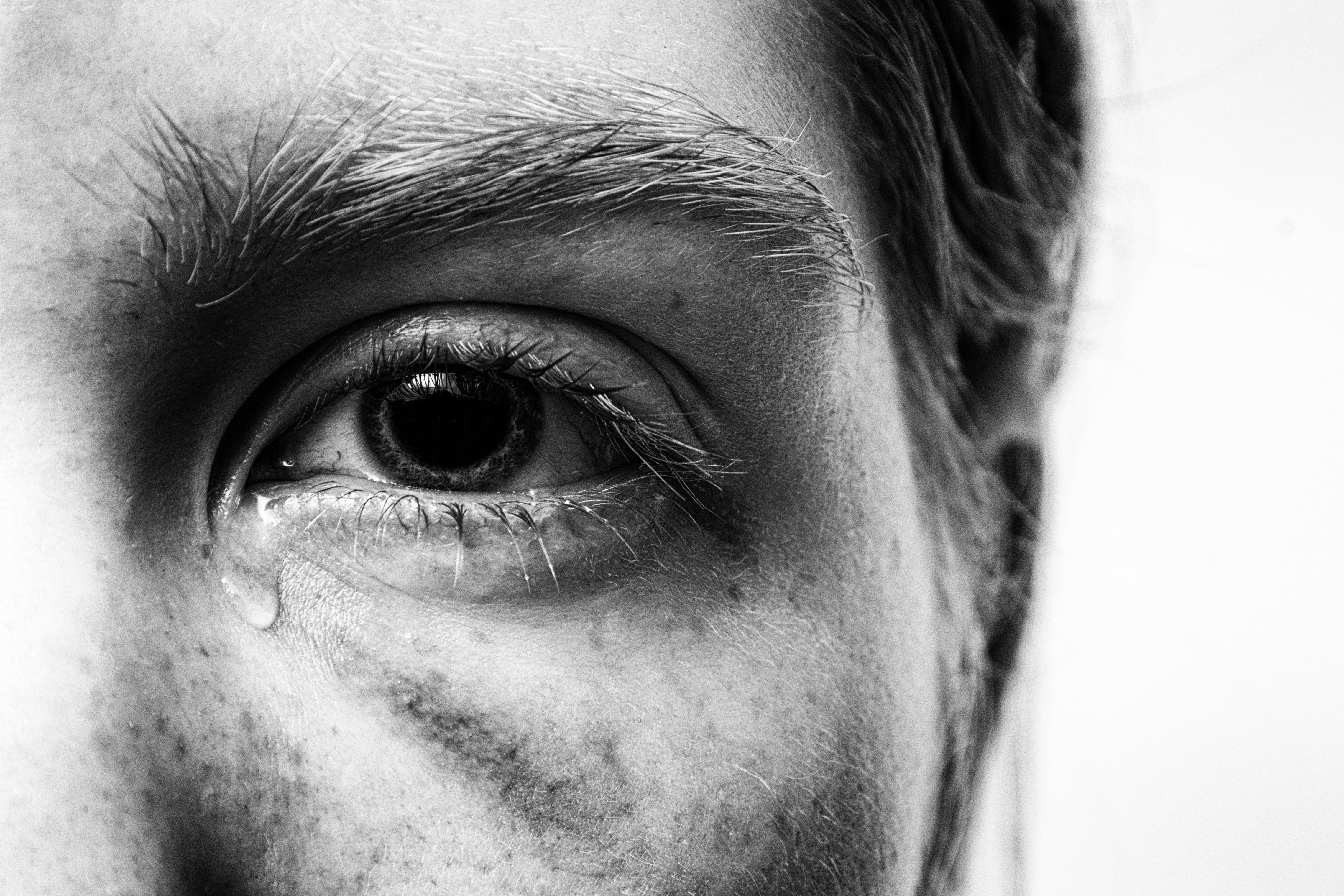Media release
From: European Association for the Study of DiabetesStudy shows that analysing tears could allow for non-invasive diabetes monitoring
A new study presented at this year's Annual Meeting of the European Association for the Study of Diabetes (EASD) shows that analysing the tears of people with diabetes could be a potential method to monitor their blood sugar without the need for invasive alternatives that rely on blood testing. The research was conducted by Dr Masakazu Aihara and colleagues at The University of Tokyo, Japan.
To prevent the complications that can arise from diabetes, it is vital to maintain strict glucose control, which in turn requires frequent sampling of blood sugar levels. All current ways of monitoring blood glucose such as the finger prick method are invasive, and while other non-invasive alternatives have been investigated, none has been found to be a suitable substitute for blood samples.
Measurement of diabetes-related biomarkers in tears was viewed by the authors as a potential method of monitoring the disease that would avoid the need to take blood samples. Previous studies of glucose levels in tears have shown that they correspond well to the amount of glucose in the blood. In this research, the team focused on glycoalbumin (GA) levels, which reflect an average of blood glucose levels over the preceding 2 weeks; and investigated the correlation between GA level in tears and those in blood.
100 subjects with diabetes were recruited for the study, and samples of both tears and blood were collected for analysis. Samples from 99 of the 100 participants were successfully measured, and significant correlation was found between GA levels in tears and those in blood. Statistical analysis showed that this correlation was maintained even after adjustment for age, gender, kidney function, and obesity.
Given the strong correlation between GA levels in tears with those in the blood, the team suggest that it has potential to be used as a method of non-invasive diabetes monitoring. They note that since the GA value is expressed as a ratio, the concentration or dilution of tears is not thought to influence the measurement.
The authors say: "In the future, we plan to optimise measurement conditions and develop measurement equipment, and to verify the effectiveness and usefulness of diabetes monitoring methods."


